The Second City: Porto & its Peripheries (London Met 2010–11)
This project, undertaken with our Masters students at The Cass in the academic year 2010-11, working in conjunction with colleagues at FAUP, investigates the effects of road-engineering based urban design decisions upon the cities of Porto and its neighbour Matoshinos, seeking ways to "recuperate" the relationships between topography and urban structure.
‘There is a second city. Unreal, imaginary, made of demolished houses and never realised projects and yet all of them present. The majority of an architect’s work has to do with this second city; and it is never wasted effort… Architecture is risk, and risk requires impersonal desire and anonymity, starting with the fusion of subjectivity and objectivity. After all, with progressive distancing the I.’
Álvaro Siza
Porto is famous as a city beloved by architects attuned to the nuances of history, and for a tradition of modern architecture reconciled with historical references. We thought that this is something that British architecture can learn from, so we decided to get to know more about the city and its architecture. In the first semester we studied a washhouse from the 1990s built by Paulo Providencia in the city centre beside the old docks, and a park landscape built beside the new docks by Fernando Tavora in the 1960s at Matosinosh. We took these projects to be exemplary of ways of dealing directly with questions of use and technology, and they revealed to us also indirect ways of confronting questions of collective sociability and the problems of use and situation that functionalism cannot capture. Students proposed small-scale adjustments to the park and to the city centre of Porto, which sought to reveal the deeper social issues surrounding the ‘road engineering’ that afflicts the old town and the new docks. This work was re-presented to Porto in a crit and seminars at F.AU.P, and then the students met Alvaro Siza to discuss some of his un-built projects for recuperating Porto, sites which we had identified as places in need of architectural care. Siza was very generous with his time and articulated his own frustrations as an architect and all left the encounter refreshed. We then produced an exhibition at ASD and a publication, which documented the research and first design projects along with a film and transcription of the meeting with Siza. Alongside this event the architect Providencia and the Porto critic Nuno Grande came to talk at our school in February.
The work of the unit has focussed since then on collaborative approaches to five areas of central Porto and to the beach-park junction between Porto and Matosinosh. Students returned to Porto alone to interview local residents and architects and established programmatic briefs for design interventions based upon local knowledge as well as a situational and typological approach to urban problems. For example, the construction of various railways and ring roads has led to the succinct morphology of a stone hill-top city, dissolving into sprawl and to the creation of inner-city ghettos cut-off from the wealthy suburbs by ring-roads. Recently however a night-time economy has re-established itself in central Porto, partly in response to the high-cost of suburban living and partly also in response to the economic situation generally. Young creative professionals and entrepreneurs and students are re-populating streets once emptied of inhabitants by the relentless drift outwards of jobs and industry. This new economy places pressures upon the modernist infrastructure and upon the traditional architecture of the city, creating opportunities for creative re-use and for strategic imagination. We are used in Unit 2 to thinking long-term and to seeking to uncover remnants of ways of thinking about human habitat that has survived the twentieth and 19th century’s obsessions with technology and the alienating ‘freedom’ that it produces at the expense of the city. Our responses to the urban and social problems of Porto and Matosinosh suggest ways in which technological impositions can be absorbed meaningfully into enduring human habitats. We have become used to only thinking in terms of urban renewal, but change doesn’t simply mean making things new again, sometimes cities need to be made old again. A better word to use when thinking about the profound affects destruction and rebuilding has upon our lives and how we think about them is what Siza calls “recupera”. To recuperate means to bring back to life but also back to consciousness. The idea of the second city inspires recuperation of the city’s risks and failures, the progressive distancing of the I bringing closer the other.
*
Download PDF ‘The Second City: Porto and Its Peripheries’


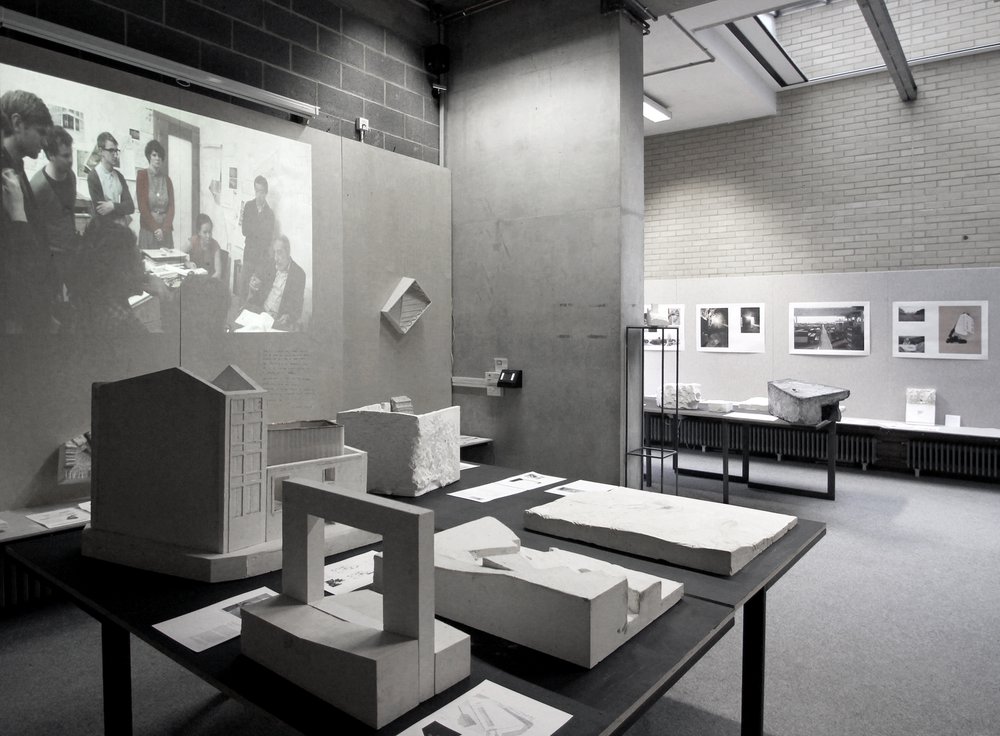
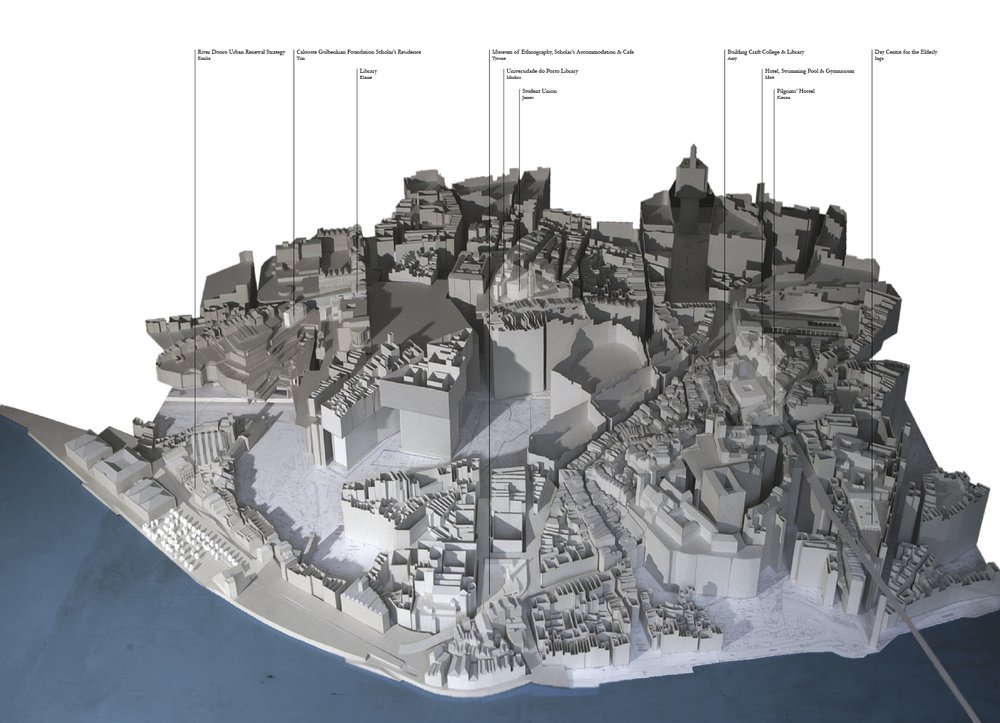
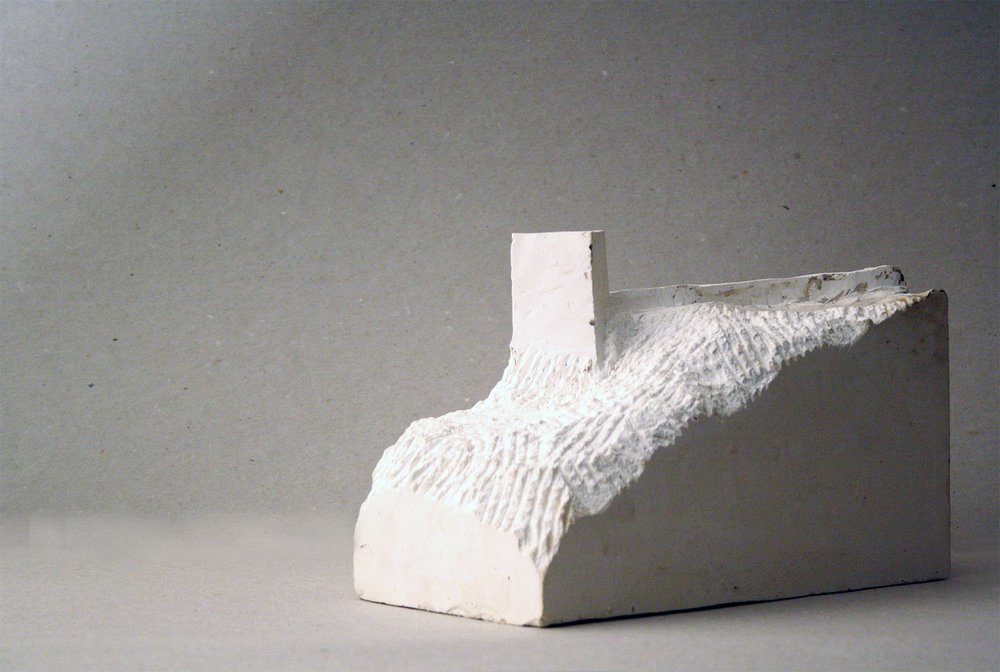
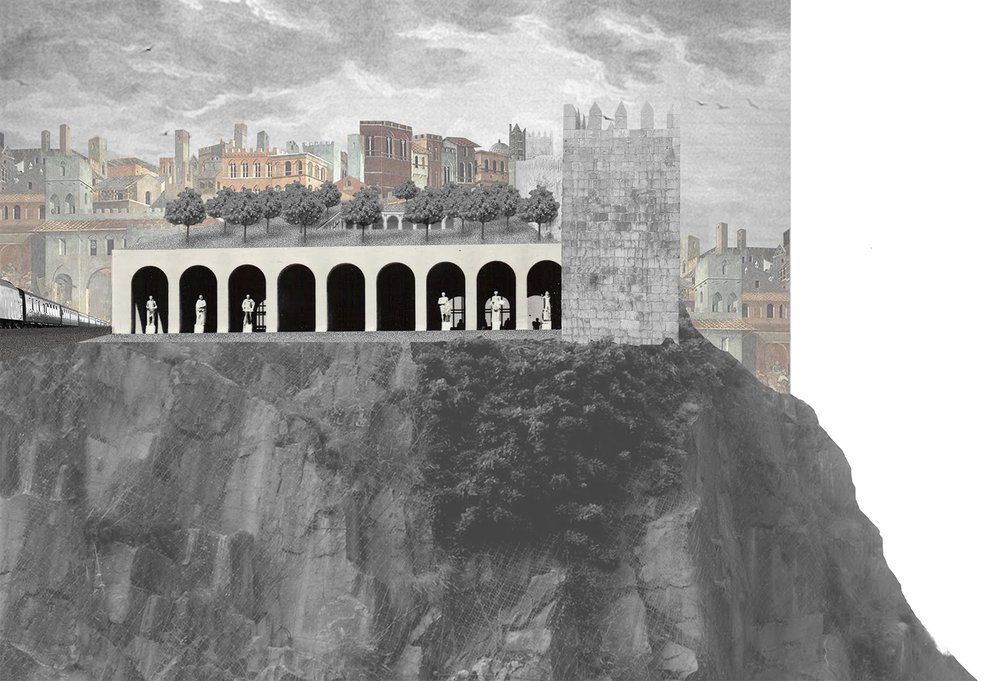
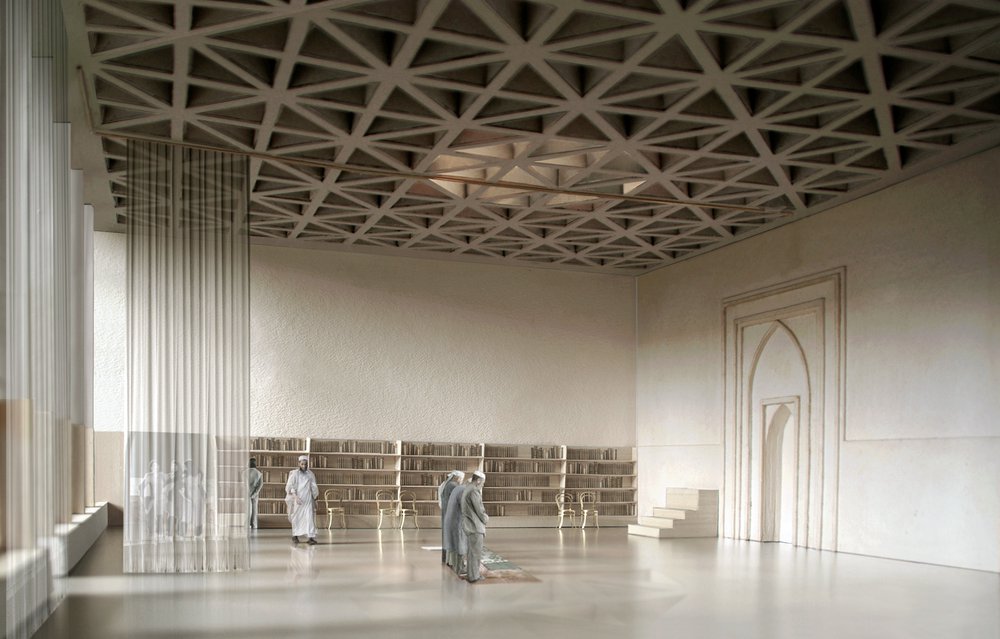
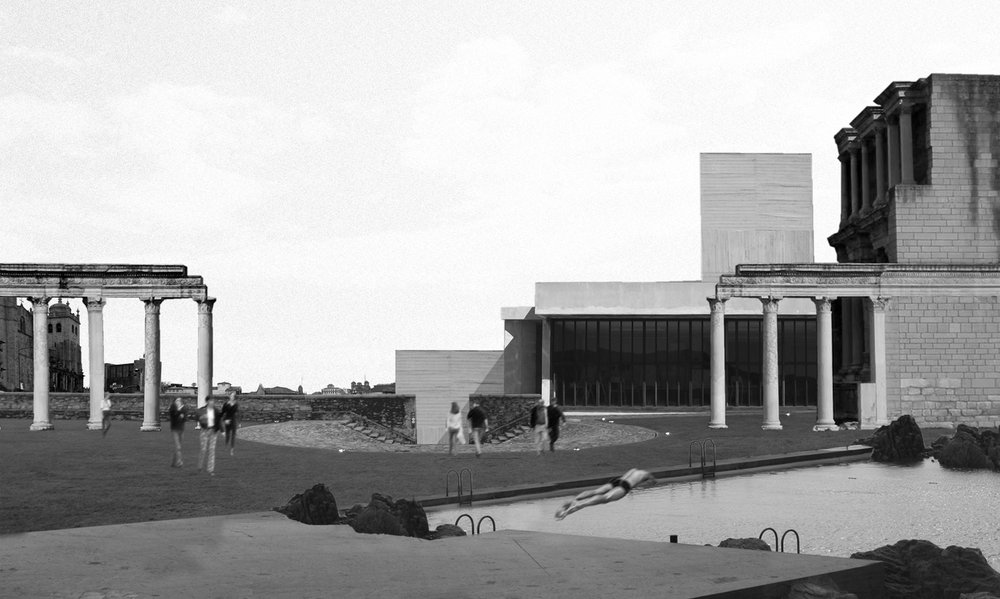
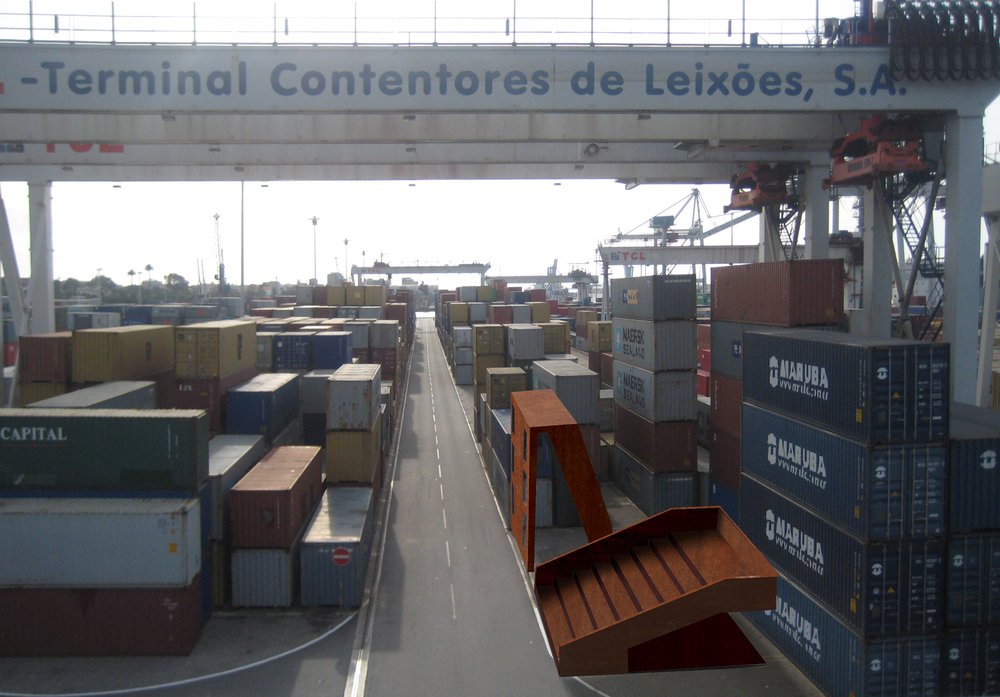
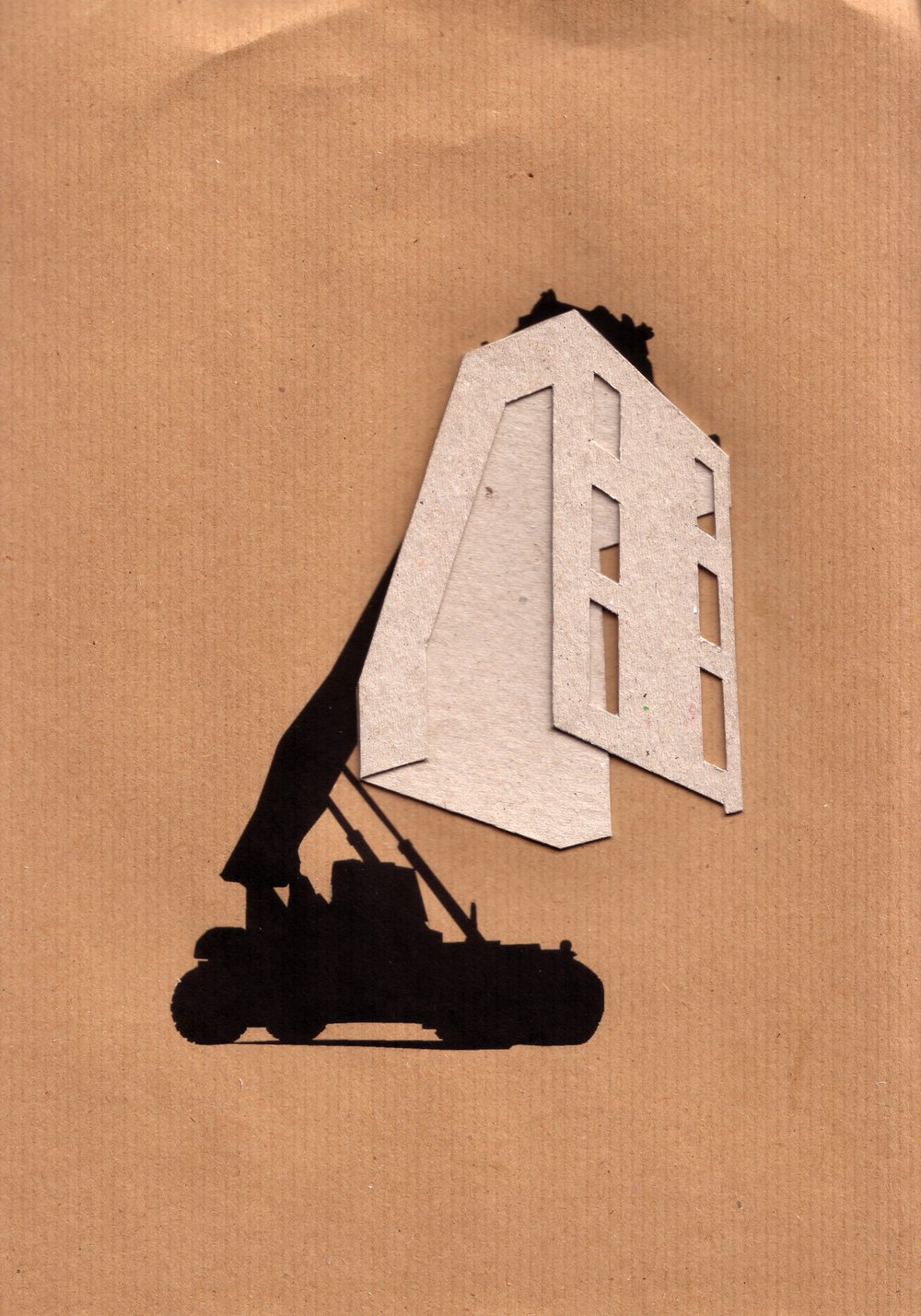
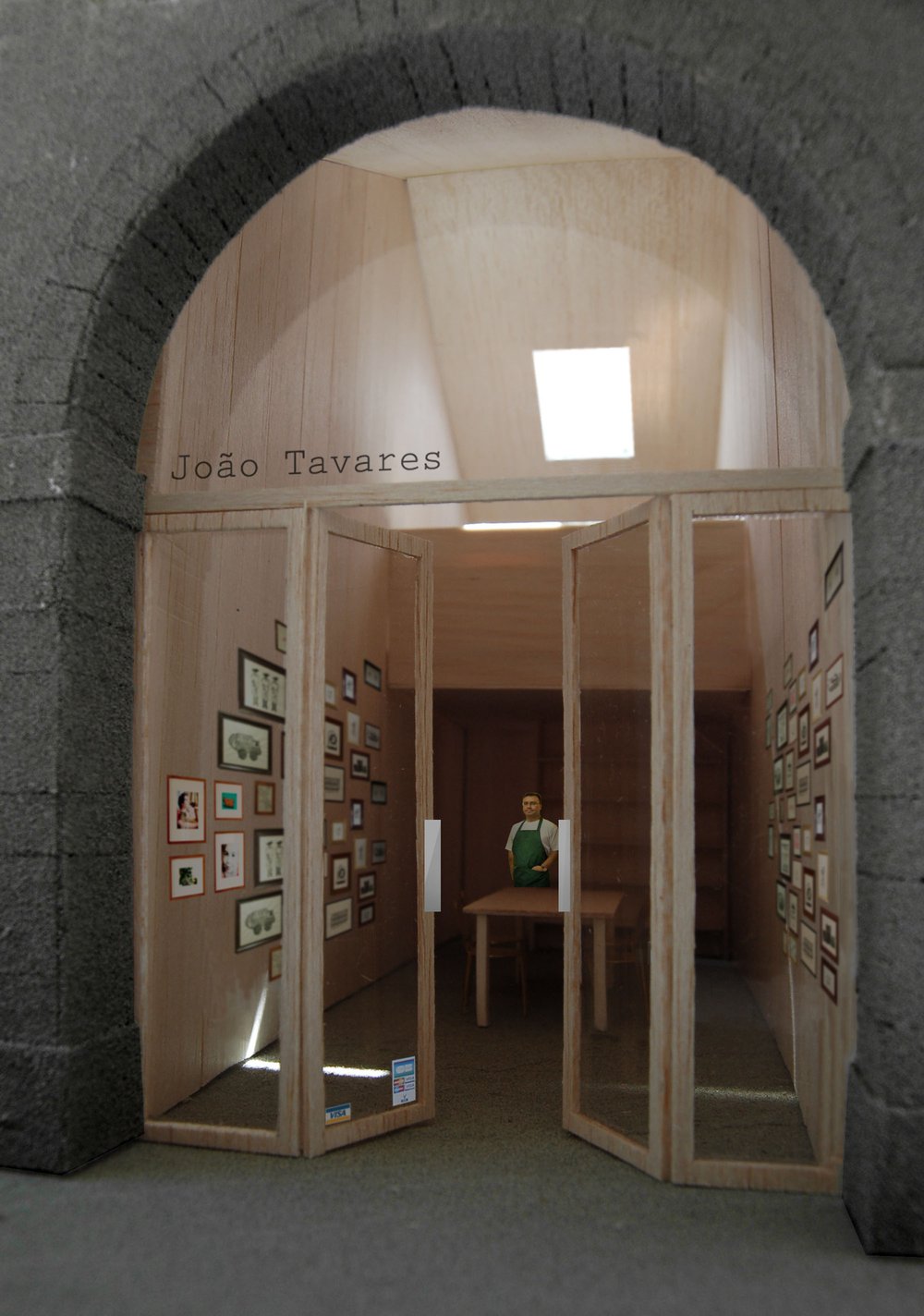
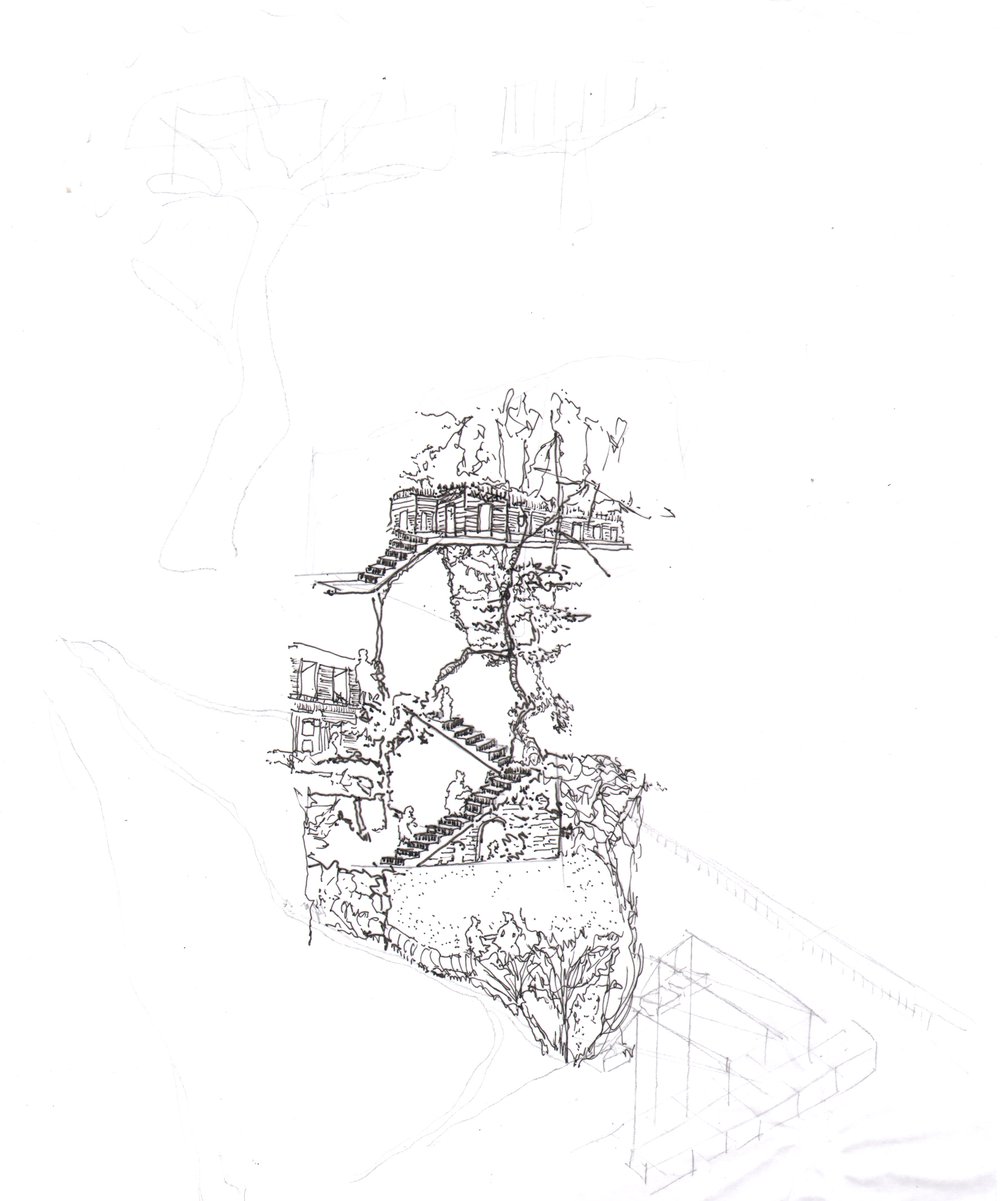
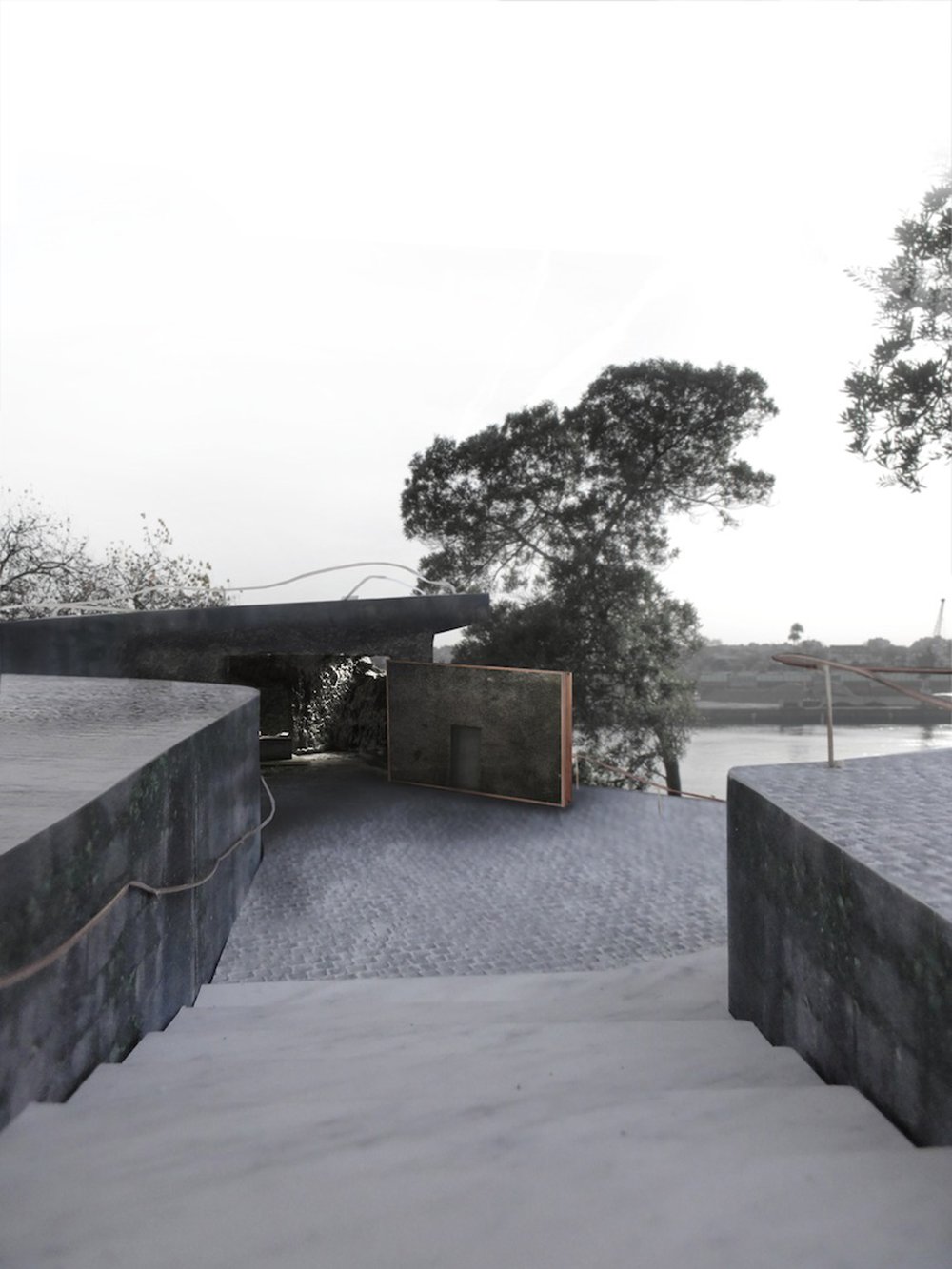
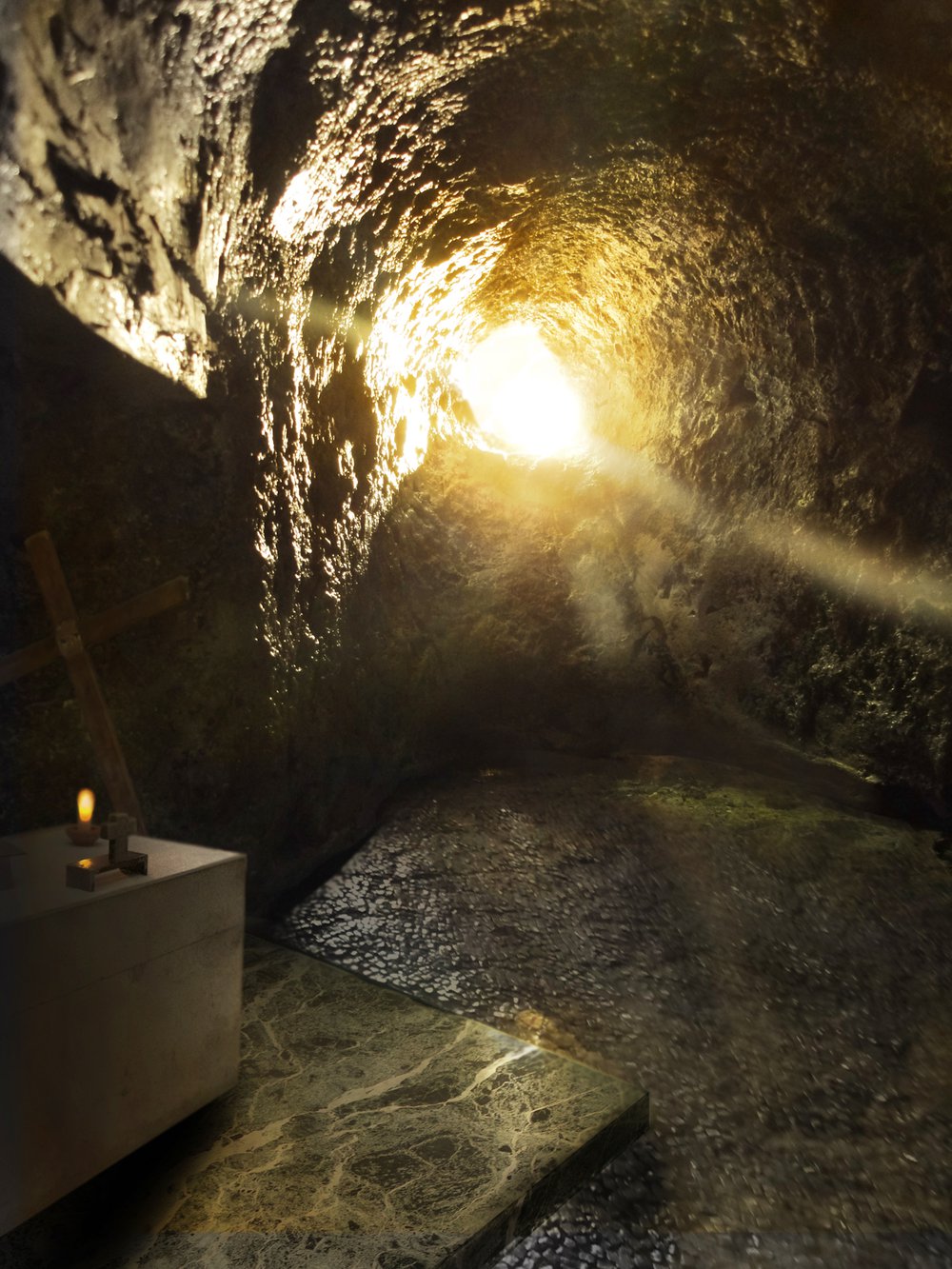

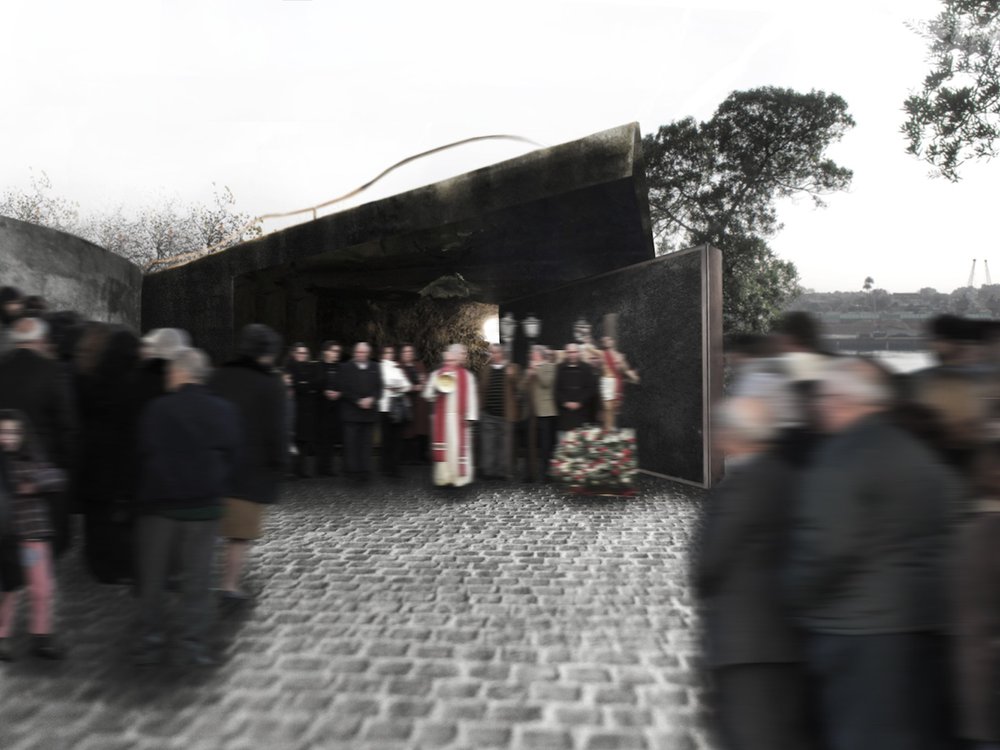
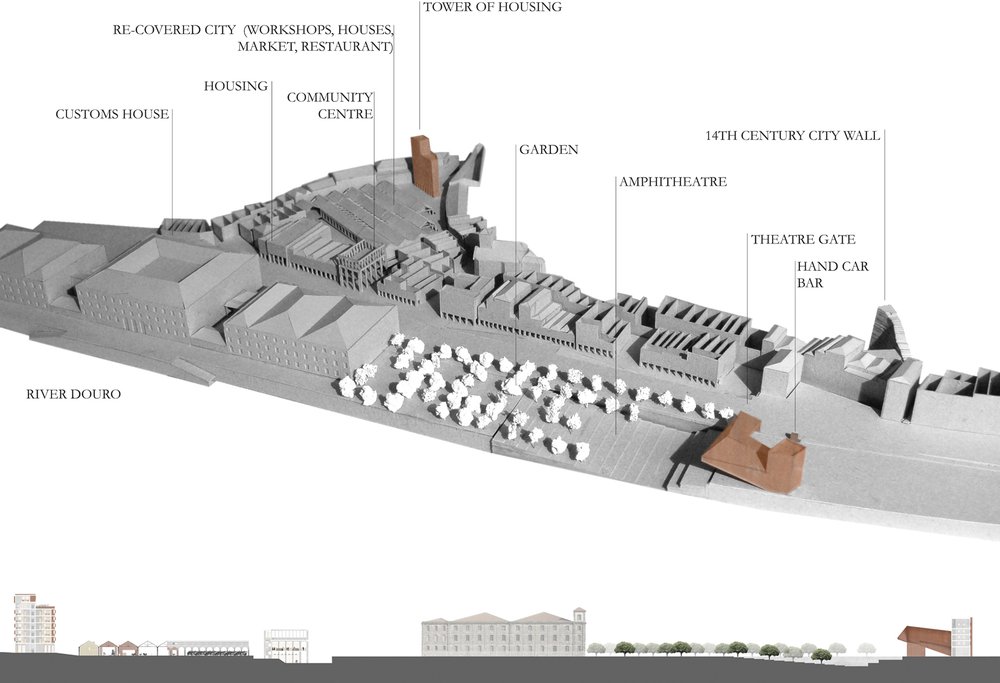
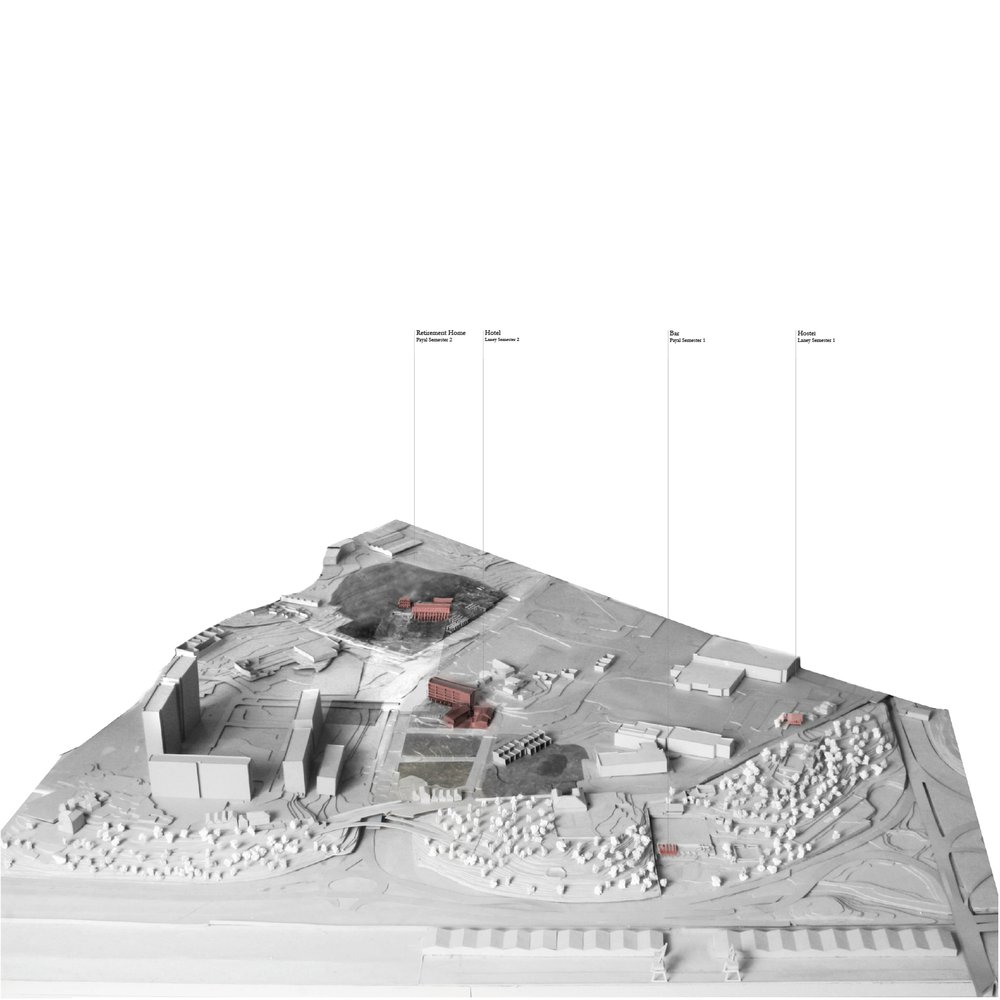
![UNIT_2_img_5[1].jpg](/media/images/UNIT_2_img_51.width-1000.jpg)
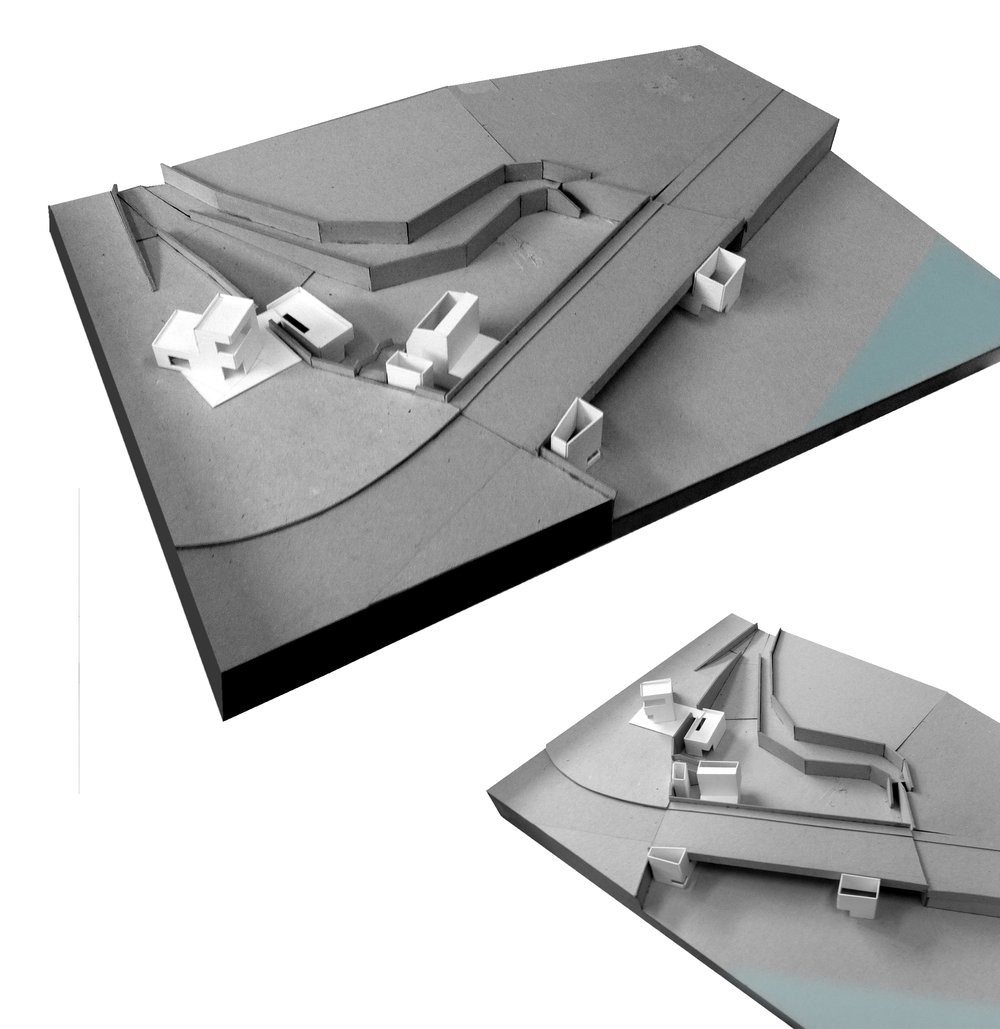
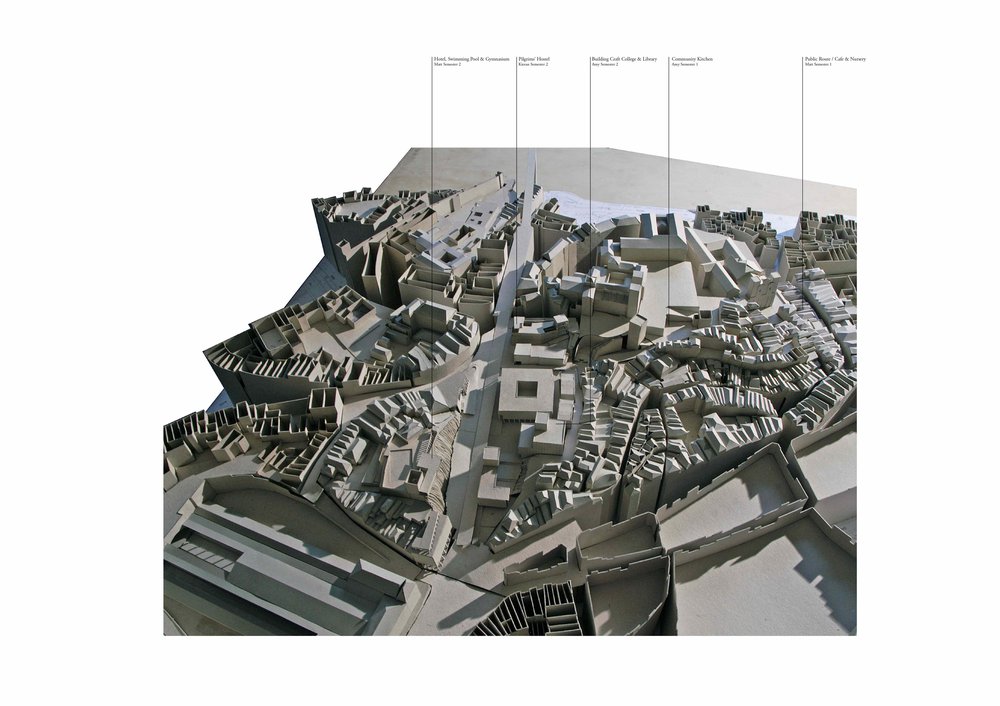
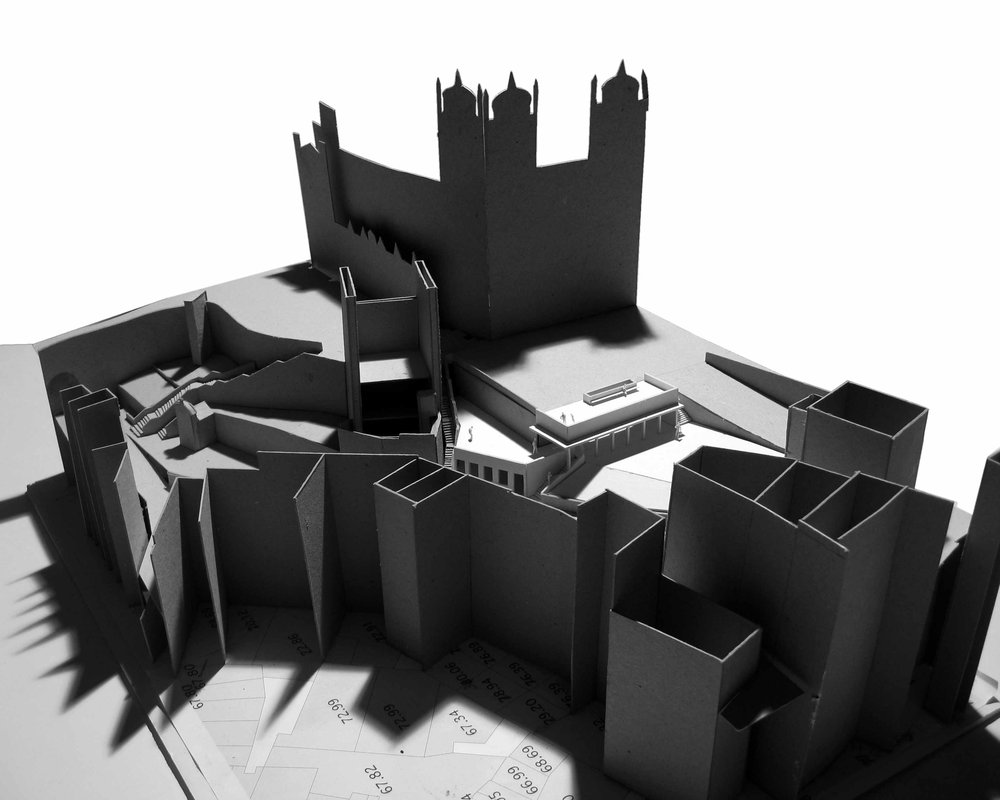
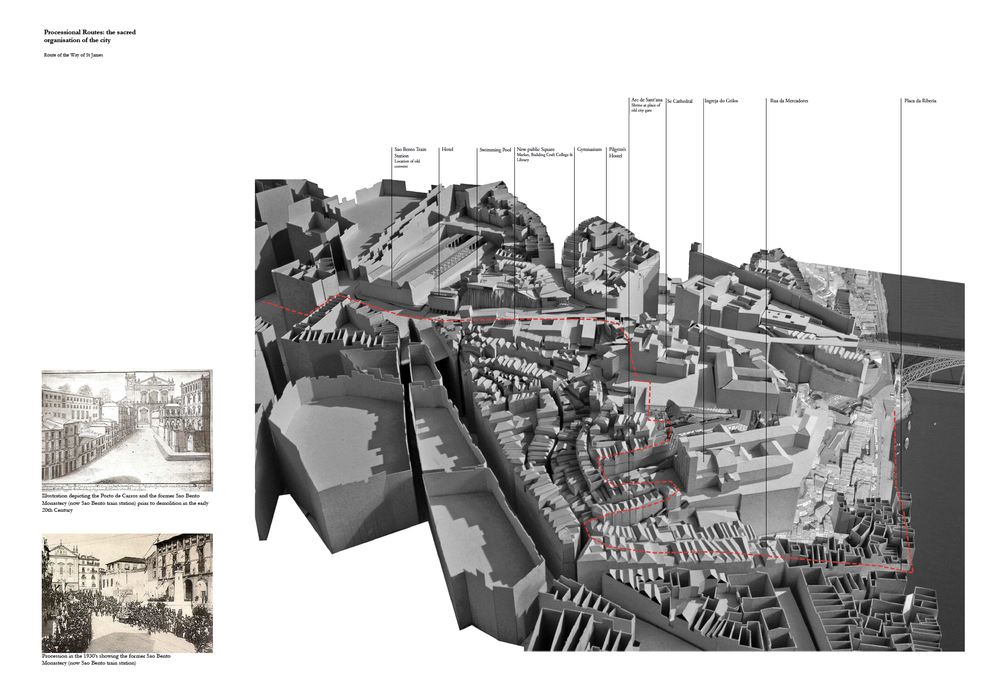
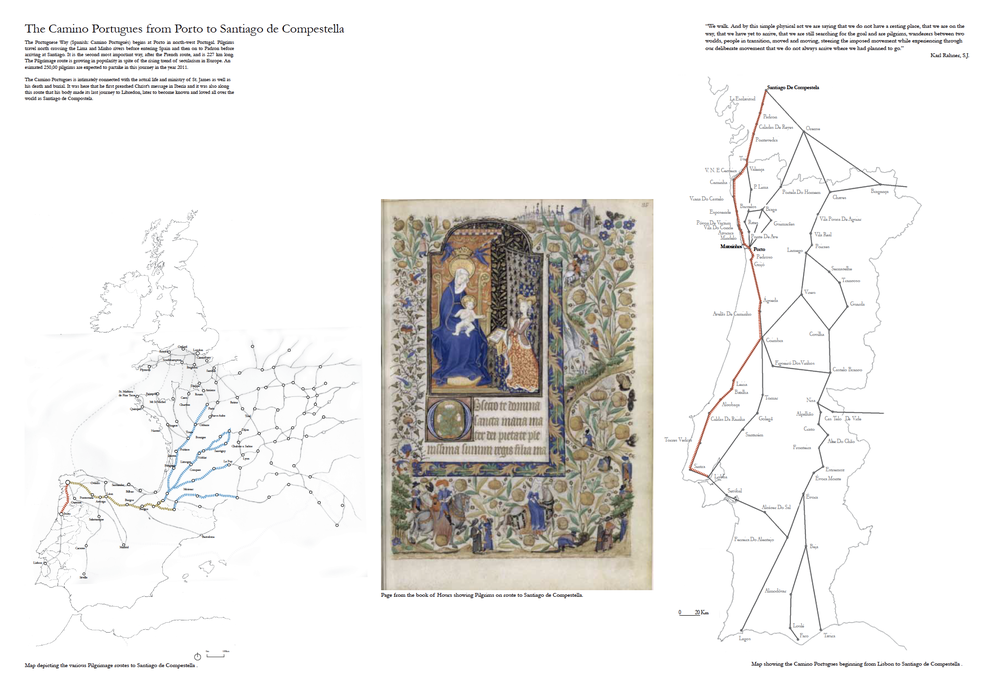
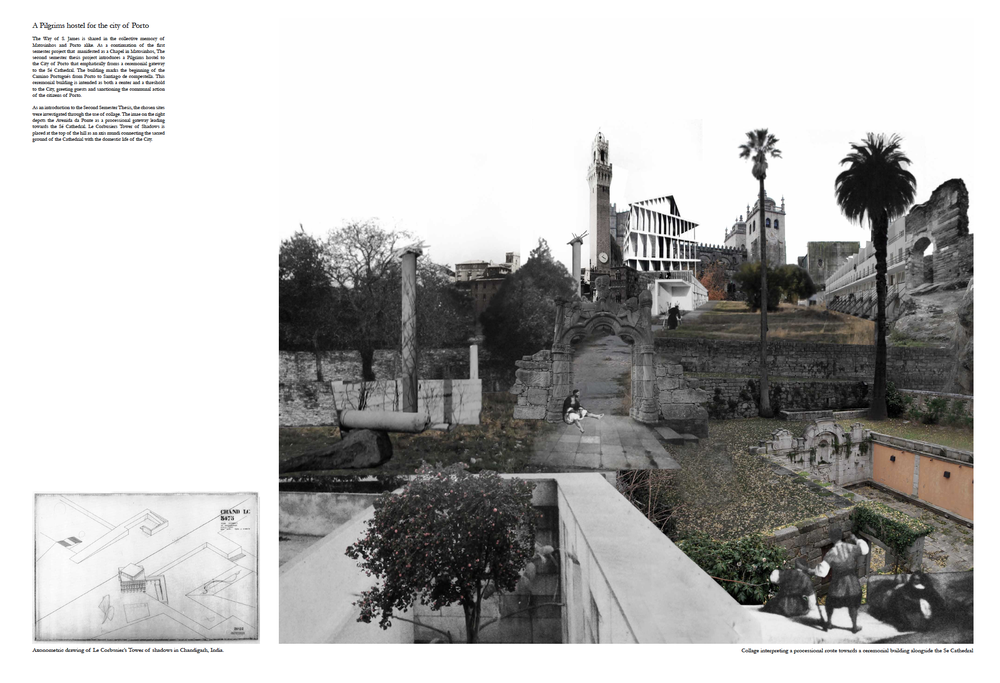
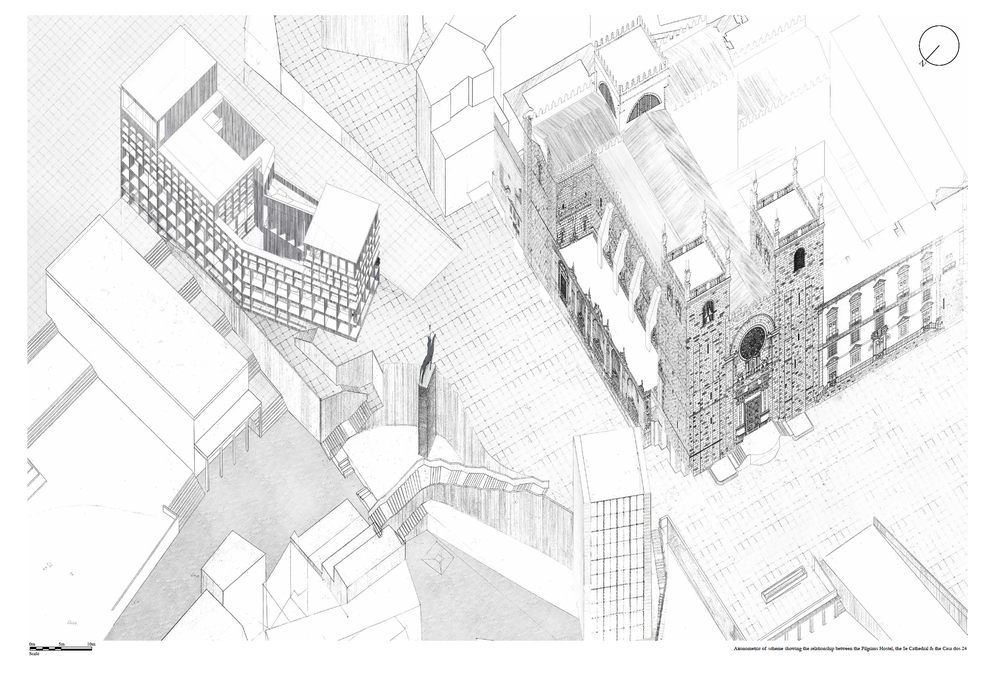
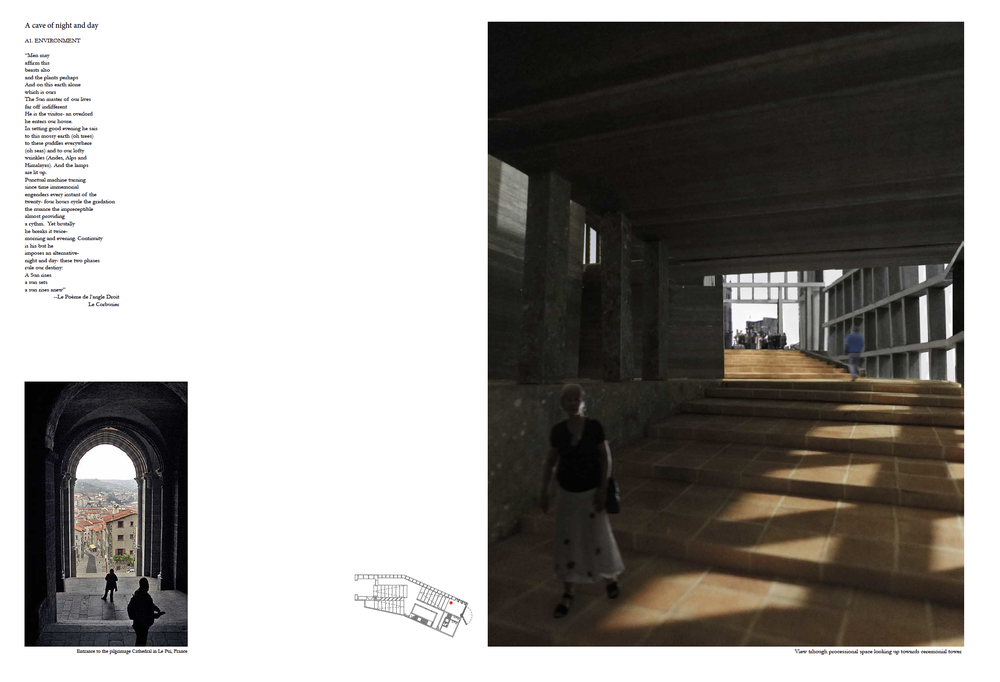
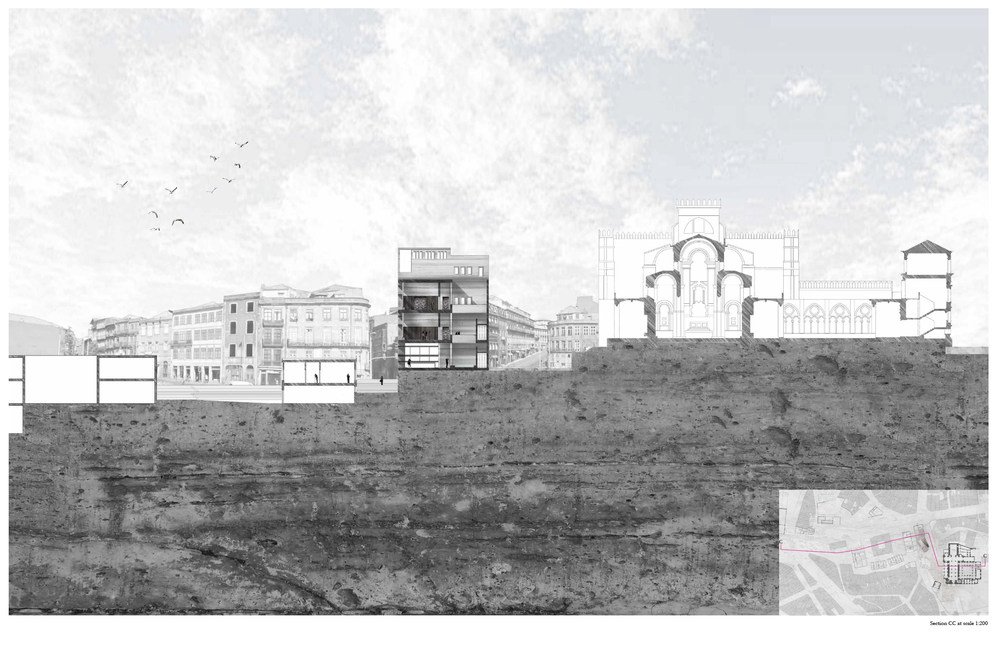
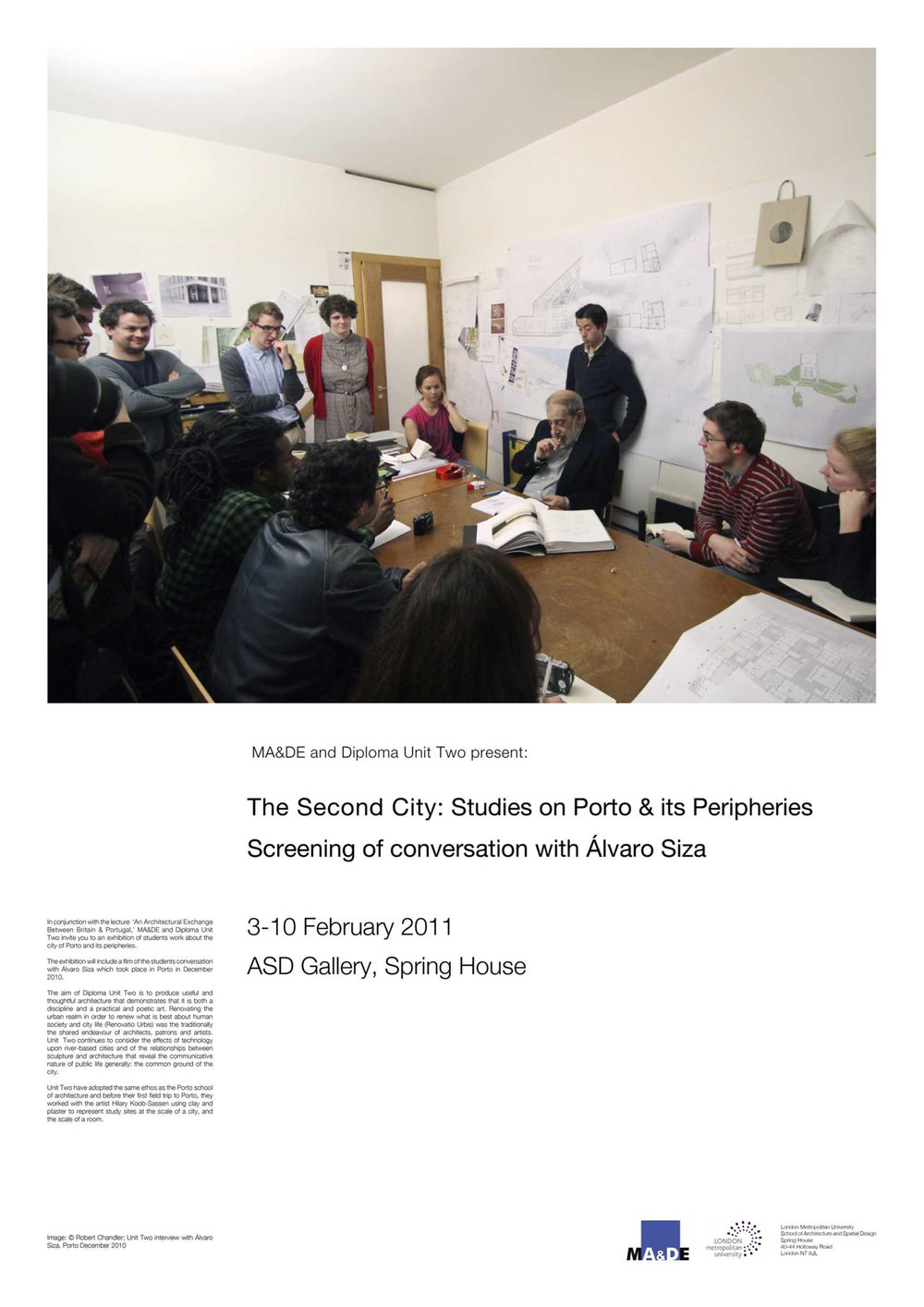
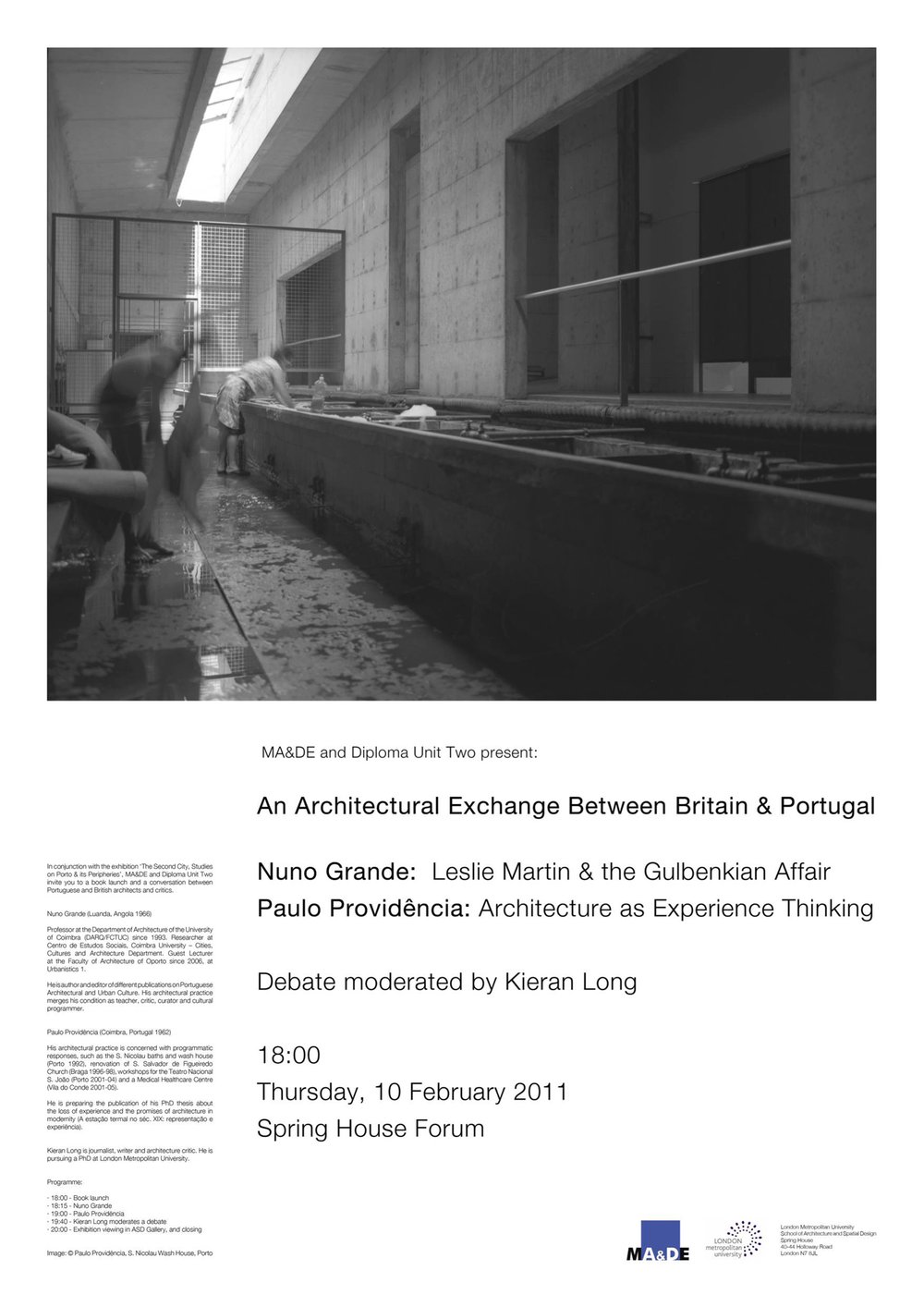
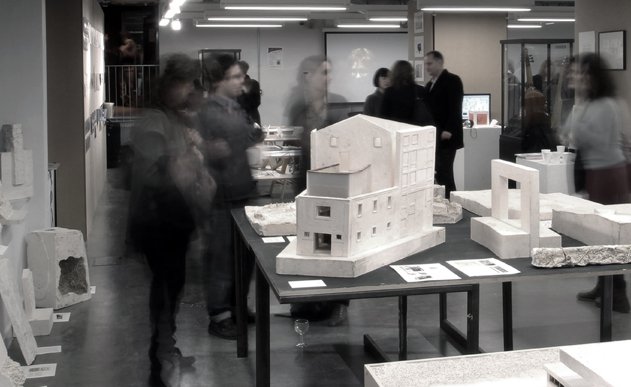
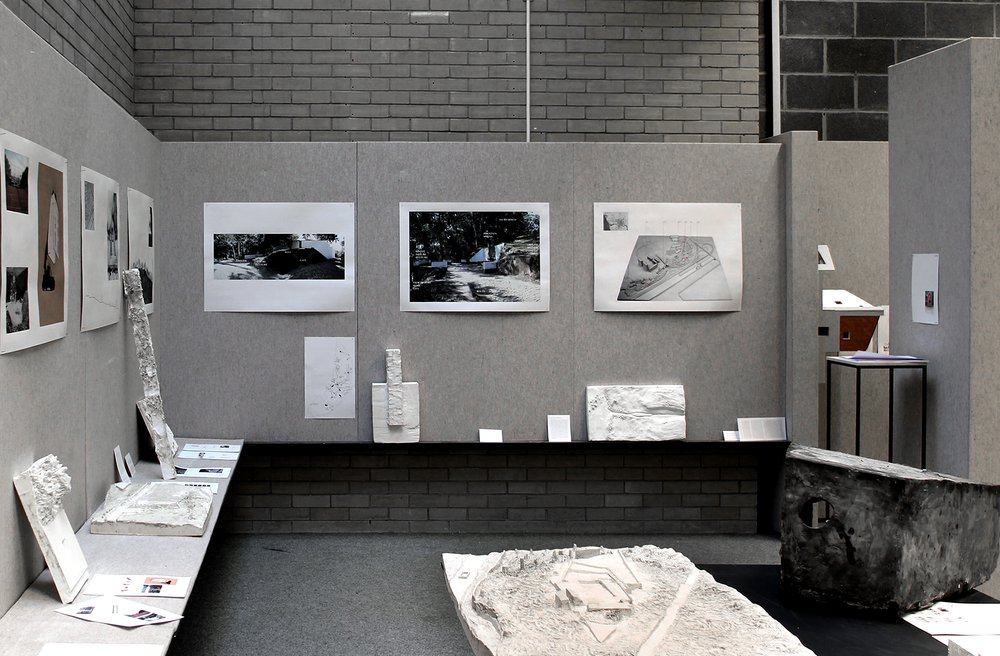
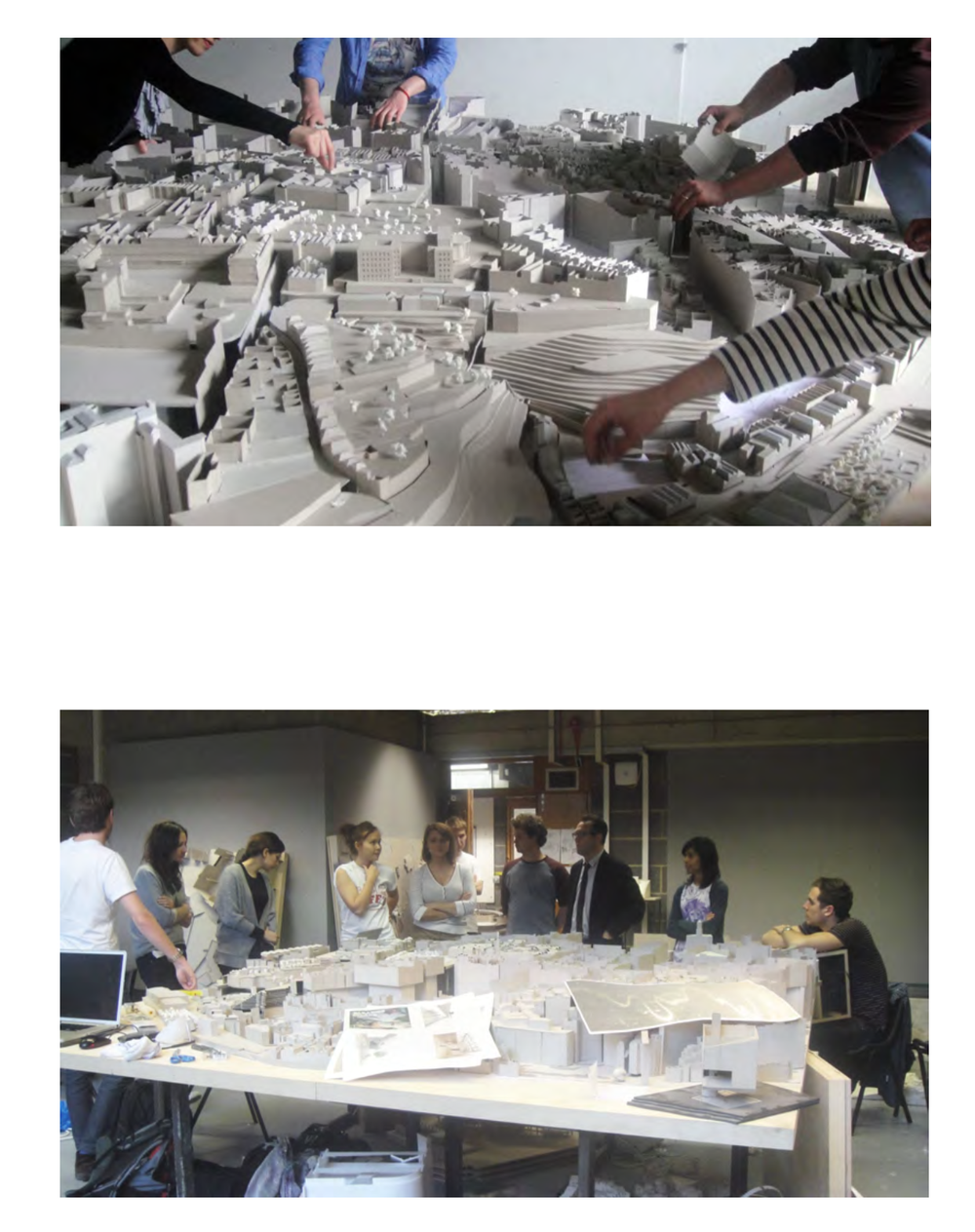
![UNIT_2_in_portugal[1].jpg](/media/images/UNIT_2_in_portugal1.width-1000.jpg)

